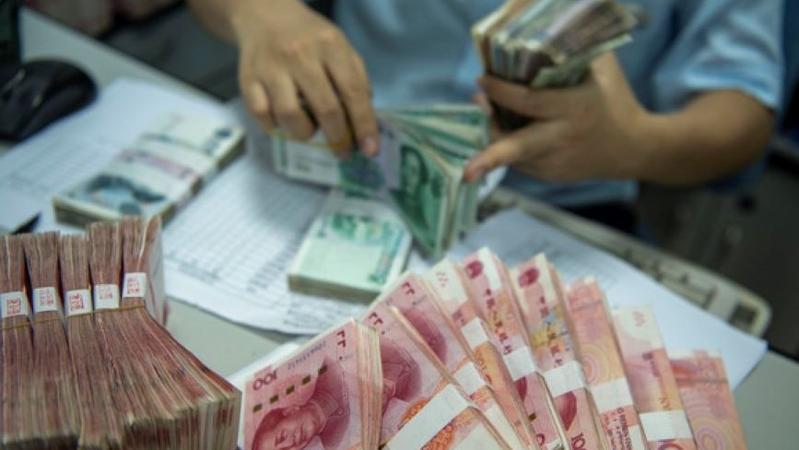Green lending surged to 36.6 trln yuan by end-2024, real economy big winner

Since the start of the year, China has continued to optimize its credit structure, channeling more financial resources into technology, green development, inclusive finance, eldercare and the digital economy.
A report from the People's Bank of China — the nation's central bank — shows that by the end of June, loans to these five sectors rose between 11.5 and 43 percent year-on-year, all outpacing overall loan growth. Together, they accounted for about 70 percent of new lending, compared with 2016 when real estate and infrastructure dominated more than 60 percent of the increase.
Technology has become a major focus of credit allocation. By the end of June, outstanding technology loans reached 44.1 trillion yuan ($6.16 trillion), growing 12.5 percent from a year earlier — 5.8 percentage points faster than overall loan growth. Lending to tech-driven small and medium-sized enterprises grew even faster, remaining above 20 percent so far this year.
READ MORE: China unveils subsidy plan for loans to service sector businesses
Green finance has also expanded rapidly, providing strong support for sustainable economic development. The balance of green loans surged from 9.9 trillion yuan at the end of 2019 to 36.6 trillion yuan by the end of 2024, with an average annual growth rate of over 20 percent.
Inclusive finance, aimed at providing affordable and effective financial services across society, has also seen notable progress. By the end of the second quarter, inclusive loans for small and micro businesses reached 36 trillion yuan, up 12.3 percent year-on-year. Inclusive agriculture-related loans stood at 13.9 trillion yuan, 1.1 trillion yuan higher than at the beginning of the year, said the National Financial Regulatory Administration.
Experts said the shift reflects a stronger alignment between financial resources and the real economy.
Zeng Gang, chief expert and director of the Shanghai Institution for Finance & Development, said financial resources have been significantly tilted toward key areas of the real economy, precisely meeting the financing needs of SMEs as well as agriculture, rural areas and farmers. This demonstrates both the inclusiveness and the targeted nature of financial services.
"Looking ahead, banks must further optimize the credit structure while maintaining stable operations. They should continue to strengthen support for the real economy, while also enhancing resilience through refined risk management, thereby promoting a virtuous cycle between finance and the economy," said Zeng.
Official data show that by the end of the second quarter, the balance of nonperforming loans in China's commercial banks stood at 3.4 trillion yuan, a decrease of 2.4 billion yuan quarter-on-quarter. The NPL ratio was 1.49 percent, down 0.02 percentage point.
ALSO READ: Monetary easing to persist in near term
"The double decline in NPLs both in balance and ratio at the end of the second quarter was mainly due to commercial banks accelerating the disposal of nonperforming assets, as well as the faster pace of loan issuance, which produced a dilution effect," said Dong Ximiao, chief researcher at Merchants Union Consumer Finance.
However, Dong cautioned that pressure on asset quality remains significant, particularly regarding inclusive SME loans, real estate lending and non-credit asset risks, which have not yet been fully resolved. Accelerating the disposal of existing risks and strengthening the prevention of new risks remain major challenges, he said.
Contact the writer at jiangxueqing@chinadaily.com.cn


